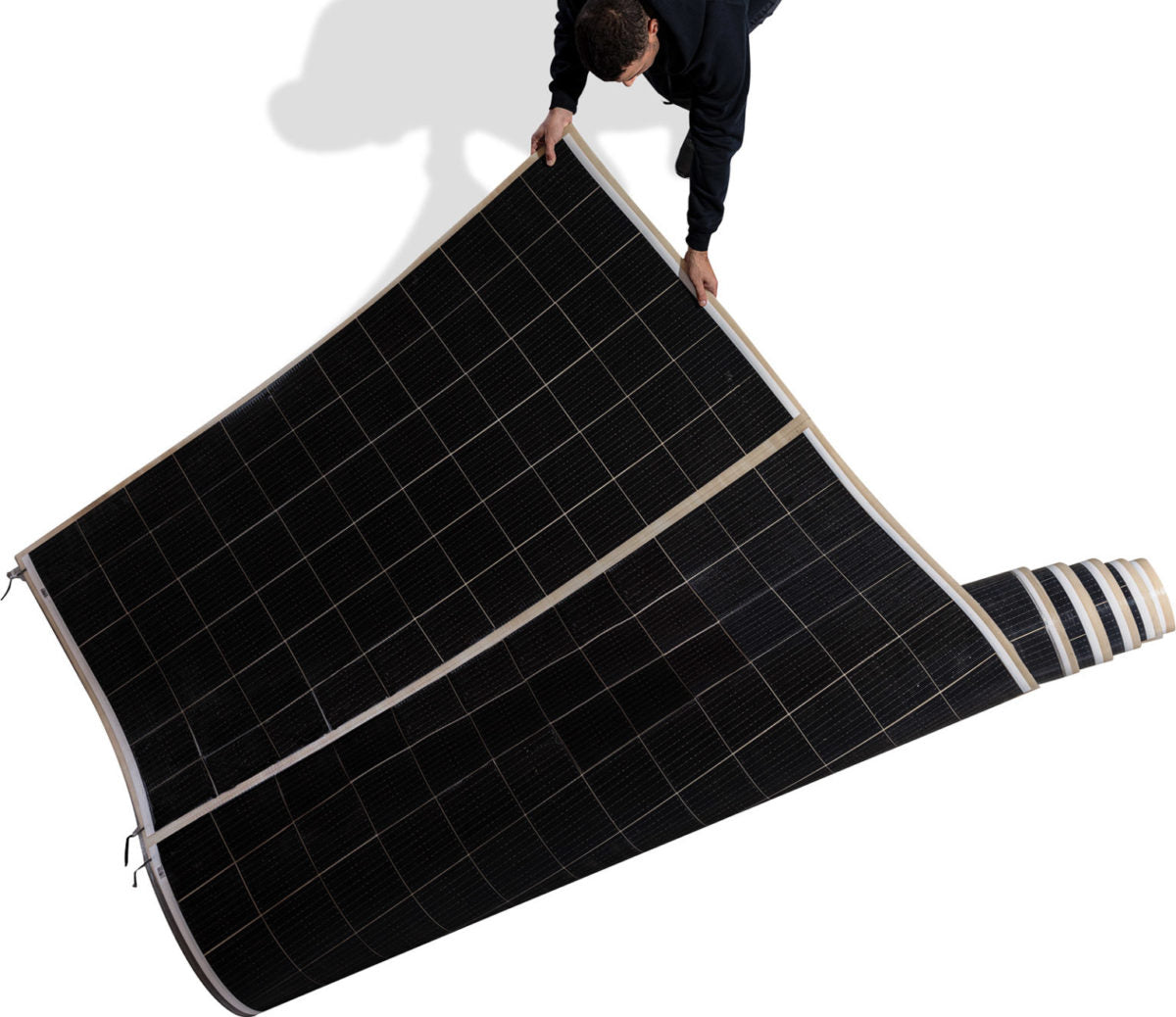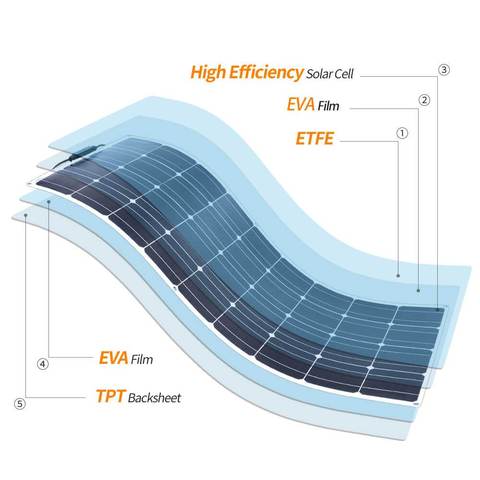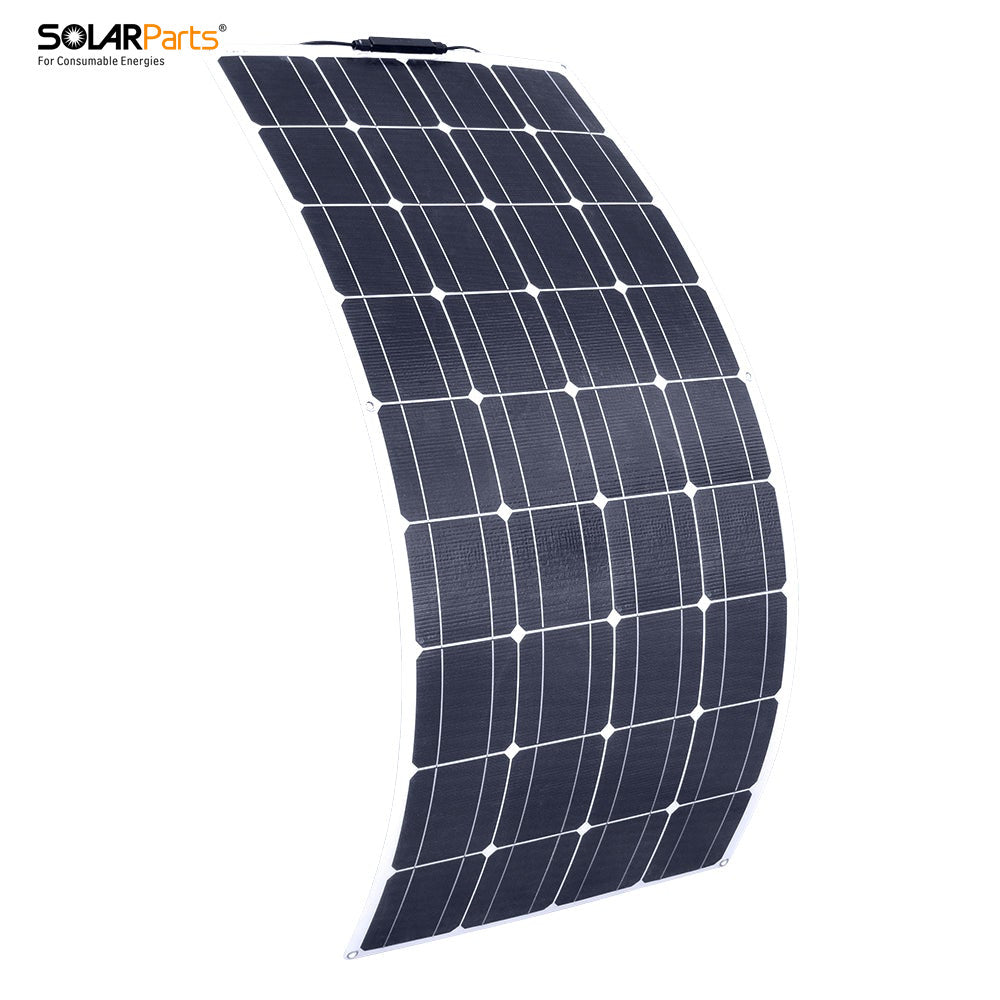Solar Panels
Solar Panels represent the most reliable, predictable, low cost and low maintenance source of renewable energy for Renewable Power Systems. Solar modules convert sunlight into electricity (DC). Buildsolardirect.com.au offer a range of solar technologies and module sizes from leading manufacturers, ensuring the right technology is utilised for your situation.
Solar arrays (Multiple solar panels in a group) should be located as close as practical to the inverter and battery equipment. The solar array must be capable of producing enough electricity (kWh) to replace what is used by the loads on any given day, including days of poor weather. Below are some tips when installing a solar array:
- Orientated to True North if practical (slightly different to Magnetic North)
- Optimised to a steep pitch – The steeper the solar array pitch (Depending on your location) the better Winter solar generation you will receive. This reduces fuel consumption from a backup generator, improves system reliability while still retaining adequate power production in summer
- Avoid shading at all times of the year, this is especially critical in Winter when shadows are the longest.
- Solar panels sited on the roof of an equipment enclosure (Shed) can also assist in lowering internal operating temperatures; this helps to prolong the battery bank and equipment life.
- In some cases, it may be more economical to install more solar panels at a lower tilt angle to achieve a similar Winter performance to higher tilt angles.
- Voltage drop calcuations of solar DC cable. When solar panels and chargers are considerable distance apart, ensure that the voltage drop from the cables doesn't exceed Australian Standards.
MONOCRYSTALLINE
 Monocrystalline solar panels are a proven technology that has been widely in use for over 50 years. Monocrystalline panels have a higher conversion efficiency which provides high annual yields and makes them ideal for areas where space is limited. Monocrystalline requires very high-grade silicon which is costly to make and consumes a large amount of energy to produce.
Monocrystalline solar panels are a proven technology that has been widely in use for over 50 years. Monocrystalline panels have a higher conversion efficiency which provides high annual yields and makes them ideal for areas where space is limited. Monocrystalline requires very high-grade silicon which is costly to make and consumes a large amount of energy to produce.
POLYCRYSTALLINE
 Polycrystalline panels are installed widely throughout Australia and tend to outperform monocrystalline modules on hotter days and in lower light conditions. They are usually slightly less space efficient though, and take up marginally more area as a result. Polycrystalline panels have a simpler manufacturing process than monocrystalline.
Polycrystalline panels are installed widely throughout Australia and tend to outperform monocrystalline modules on hotter days and in lower light conditions. They are usually slightly less space efficient though, and take up marginally more area as a result. Polycrystalline panels have a simpler manufacturing process than monocrystalline.



